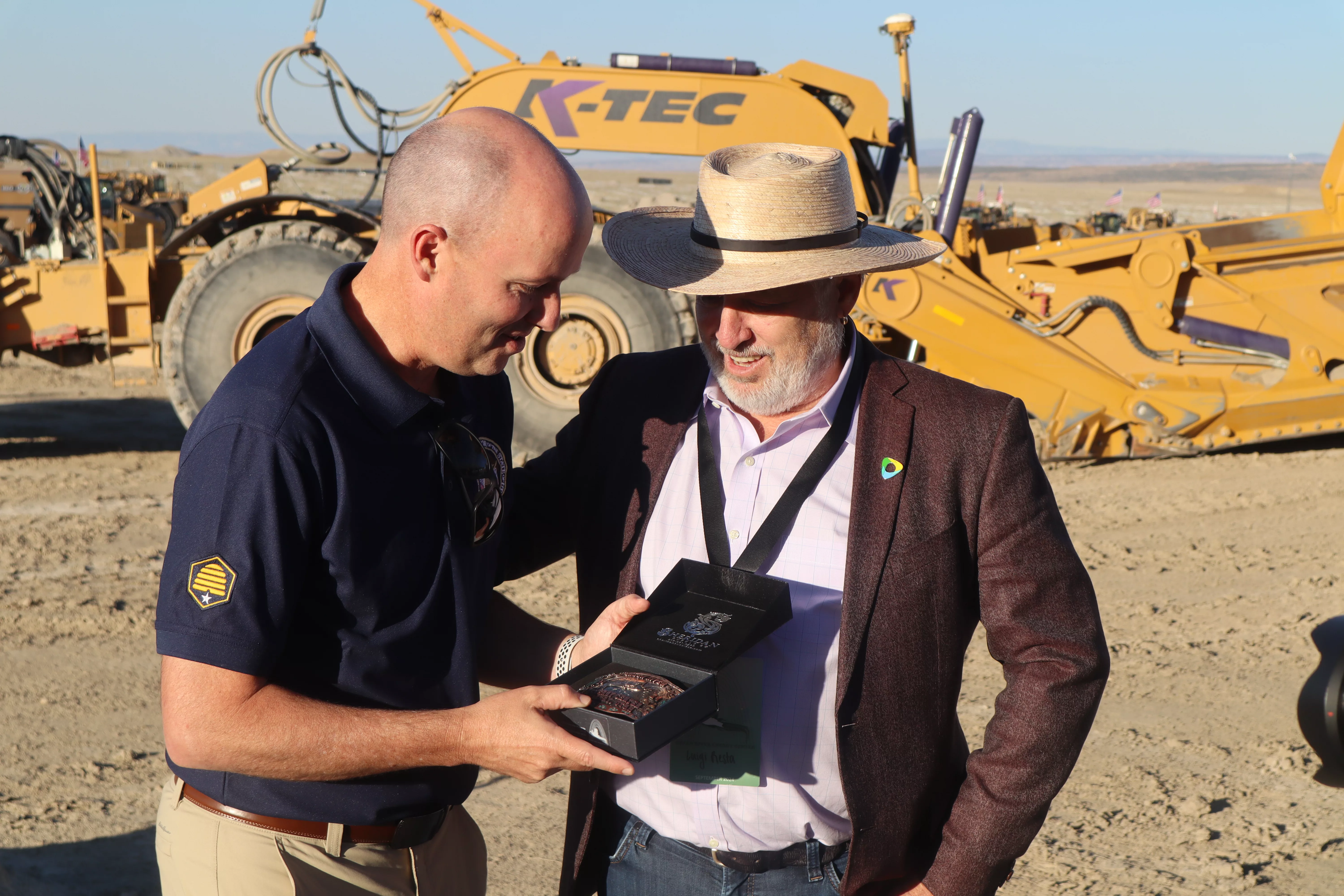
It’s fair to say that the 2024 election cycle has been tumultuous across the nation, but we have also seen an uptick in Utah in election fraud claims. Many of these claims have spread on social media, mainly by write-in gubernatorial candidate Phil Lyman and his supporters that incumbent governor Spencer Cox did not gather enough valid signatures to qualify for June’s primary ballot. In addition to this, claims that U.S. Senate Candidate John Curtis and Attorney General candidate Derek Brown did not meet the signature threshold have also circulated.
Some of these claims come from a recent audit performed by the state legislature in which it was found that Utah’s signature-gathering process could be improved. However, it would be a mistake to conclude that the candidates did not gather enough signatures to be eligible for June’s primary election.
According to the audit,” Our findings are designed to be prospective. Candidates filled the requirements asked of them under existing processes,” it continues,” Our work is intended to improve signature verification moving forward and is not a part of formal processes to qualify or disqualify candidates from the ballot.”
One aspect of the signature-gathering process examined by this audit is the percentage of verification errors present in each sample. Legislators took 1,000 random signatures and analyzed them to determine the margin of error in each sample. The following is the data found from Cox’s, Cutis’ and Brown’s campaign:
- Spencer Cox – 665 (2.4%) of signatures were incorrectly included, while 93 (1.9%) were erroneously discarded.
- John Curtis – 476 (1.7%) signatures should not have been included, and 76 (0.9%) were invalidated.
- Derek Brown: 377 (1.3%) of signatures were validated but should not have been, and 237 (6.4%) were mistakenly invalidated.
This audit also included steps that the Lieutenant Governor’s office should take to improve transparency and improve the signature-gathering process. These include:
- The Office of the Lieutenant Governor should establish and follow a quality control process for calculating an error rate on signature verification of candidate petition packets and factor that error rate into the number of signatures that must be verified for each candidate.
- The Office of the Lieutenant Governor should formalize and follow chain of custody processes for candidate petition packets.
- The Office of the Lieutenant Governor should make the standards, assumptions, and characteristics that are utilized by election officials to determine the validity of signatures in administrative and training sources publicly accessible.
- The Office of the Lieutenant Governor should further clarify what “substantially similar” and “reasonably consistent” mean in the context of signature verification.
The audit also states that all three of the candidates met the requirements that were given to them. If they did not gather enough valid signatures, Cox would have had 28 additional days to gather more, Curtis would have had six more days and Brown would have had an additional 10 days before the deadline. “ The candidates could have had the Davis County Clerk’s Office verify more signatures the candidates had already submitted or use the time they had to collect more signatures within the statutory time frame.”
One audit that was designed to determine the eligibility of candidates was performed by Utah State Auditor John Dougall. Following the completion of this audit of the signature packets, Dougall stated that it was “ statistically likely” that the three Republicans had qualified for the ballot.
Dougall’s audit also concluded that the DCC’s Office had,” performed their validation duties with care and professionalism.”
